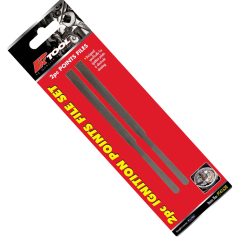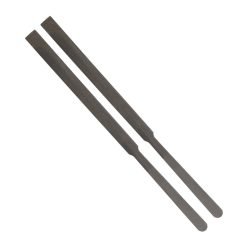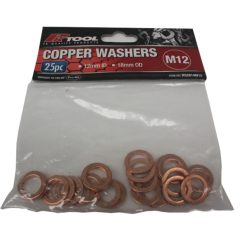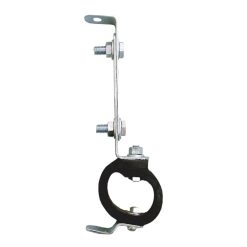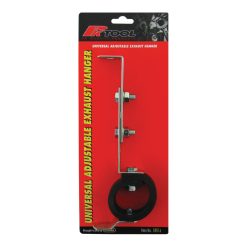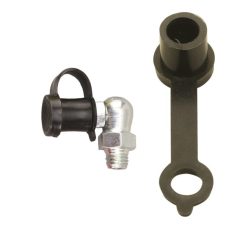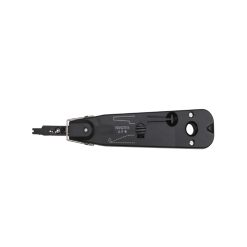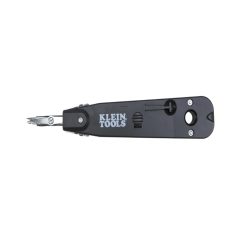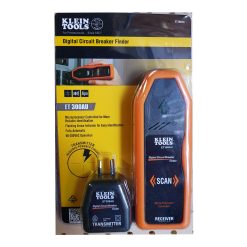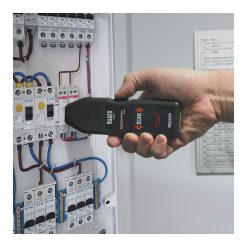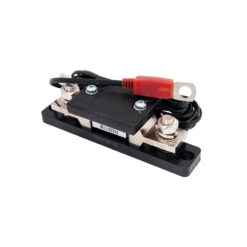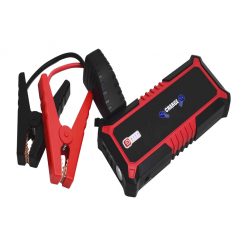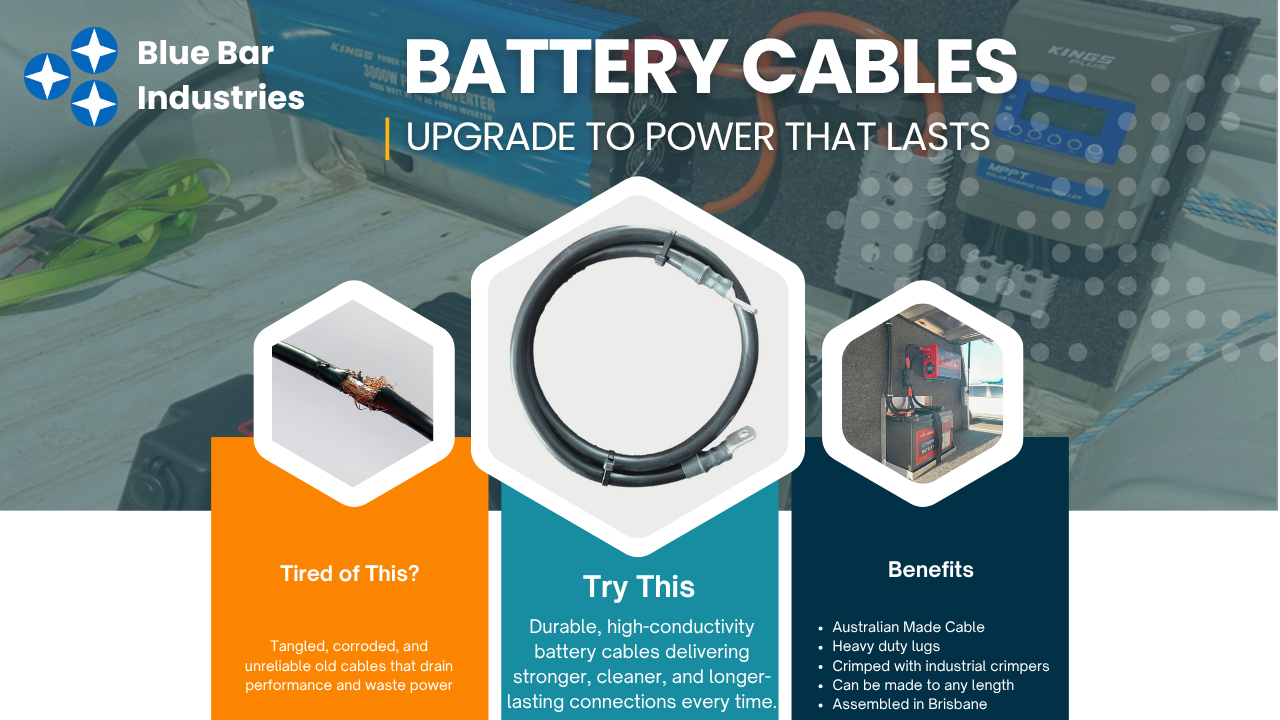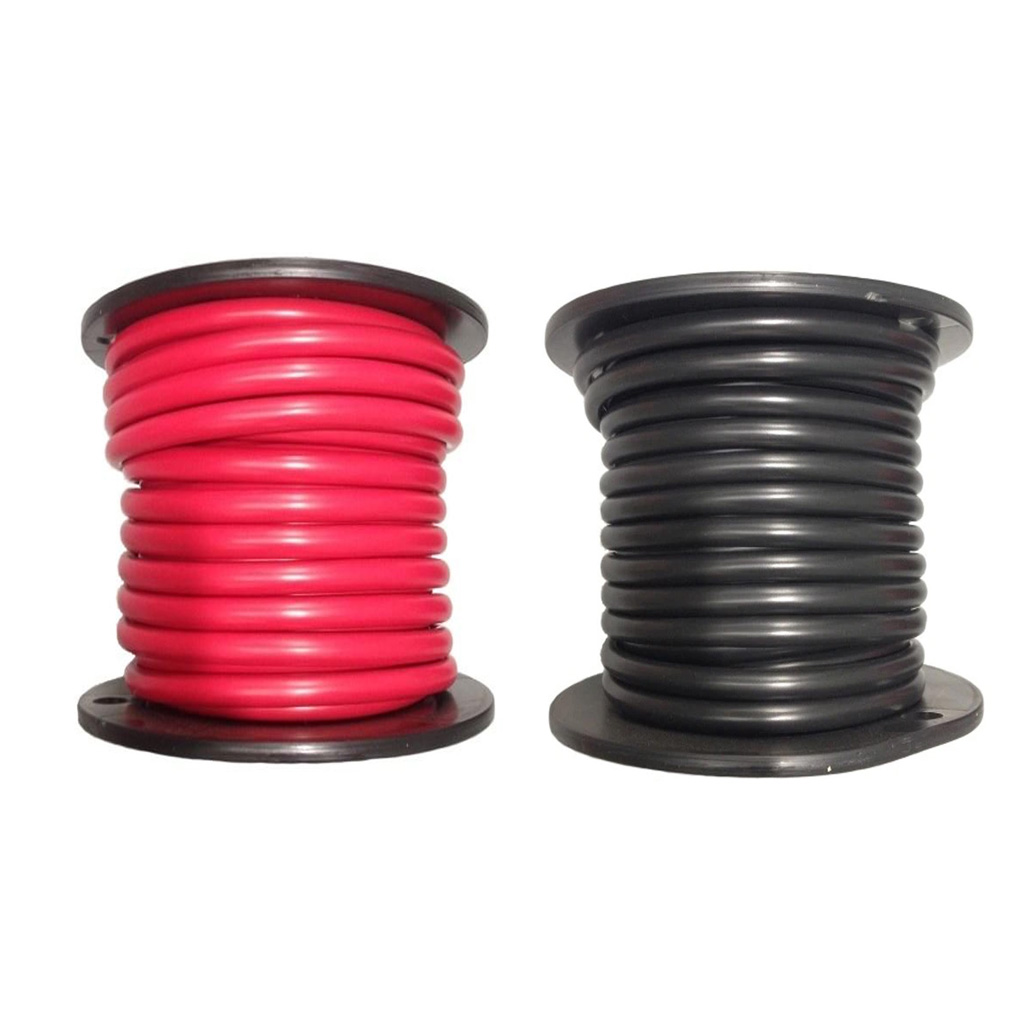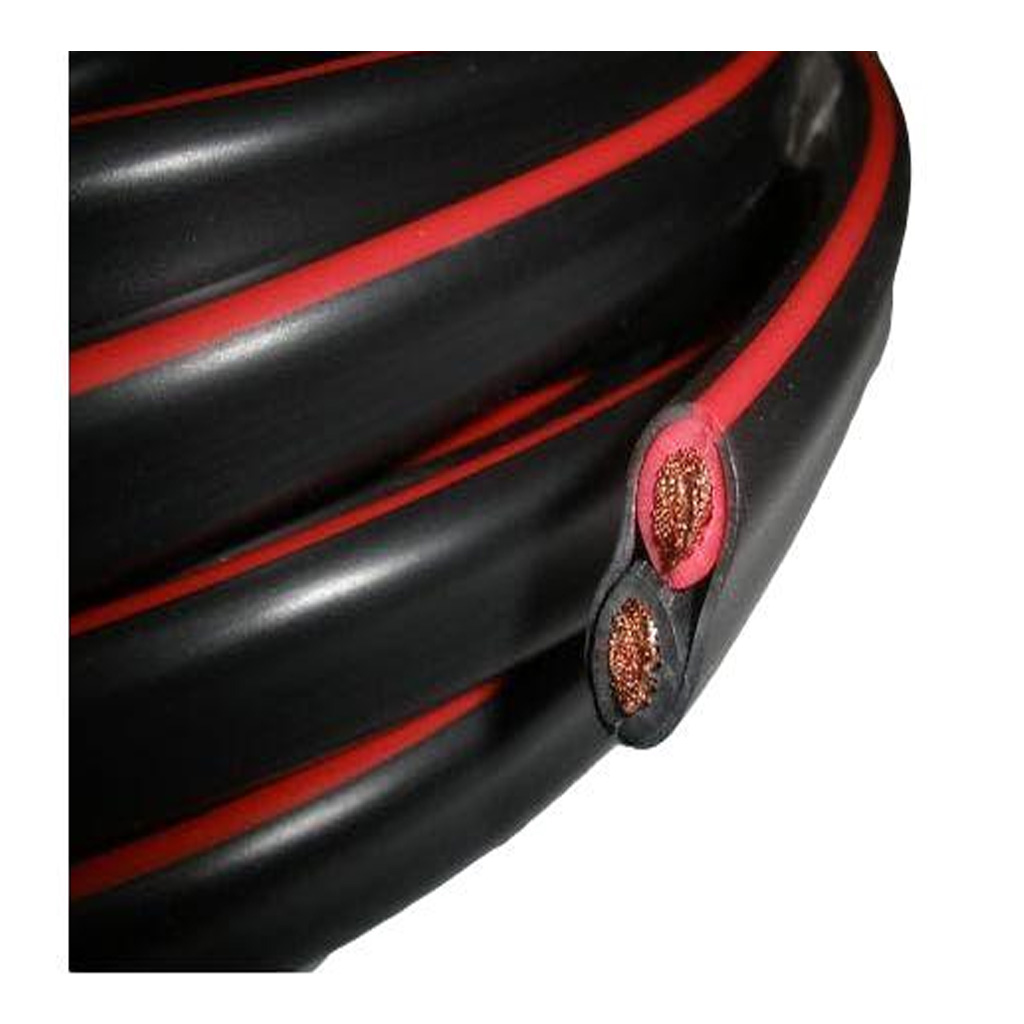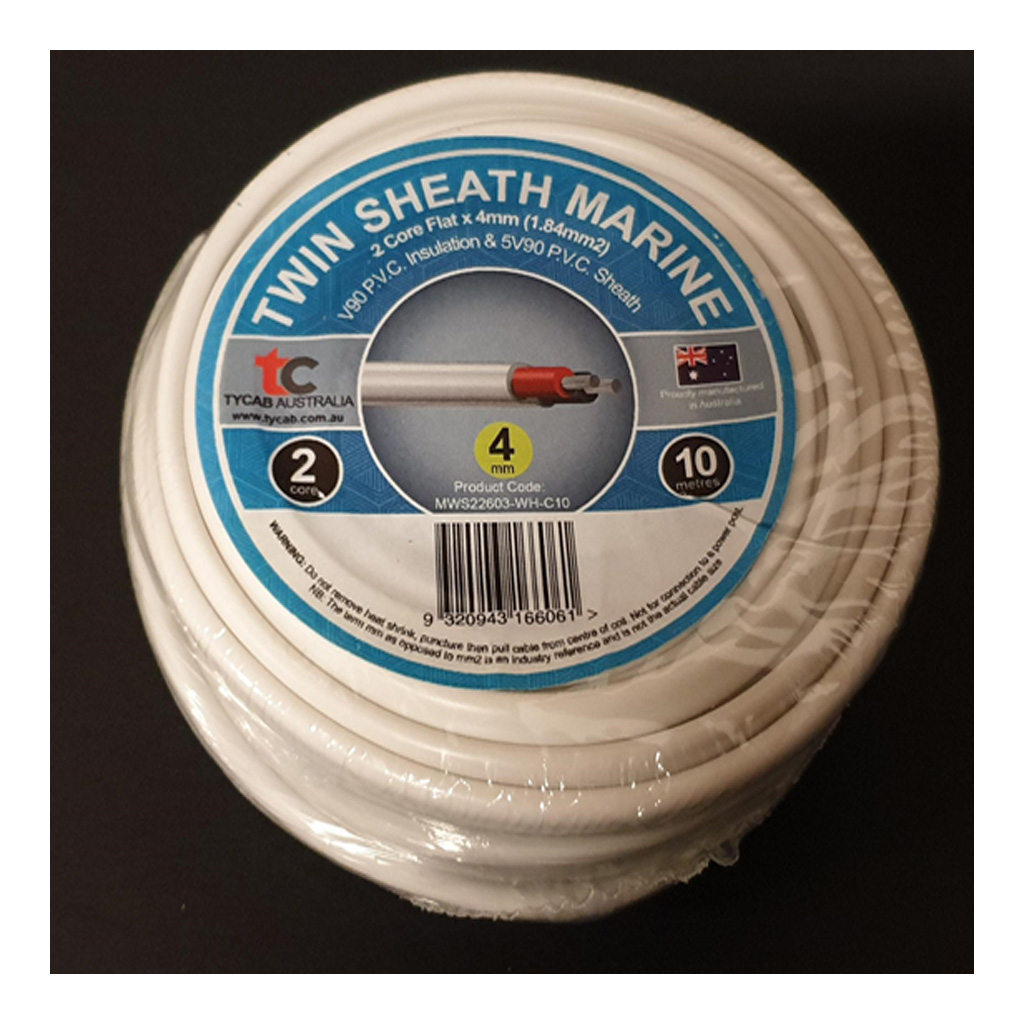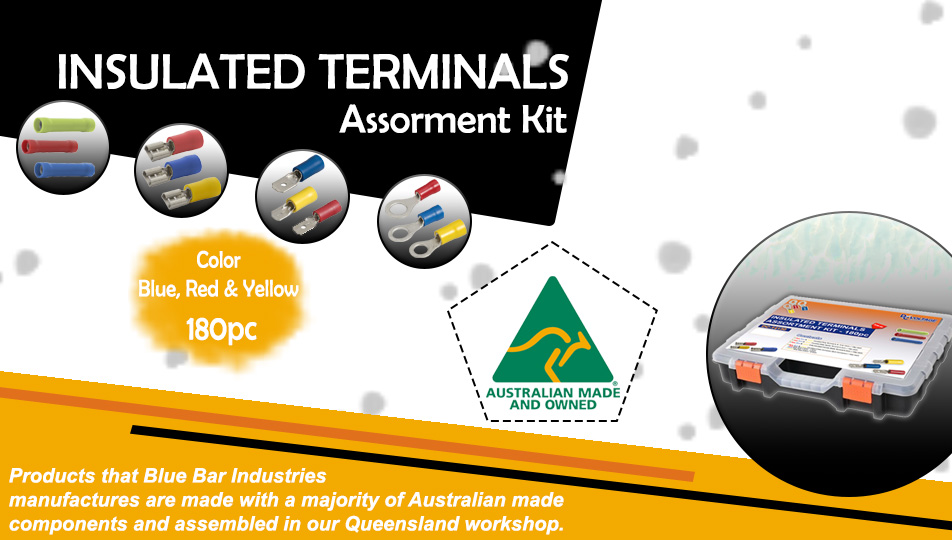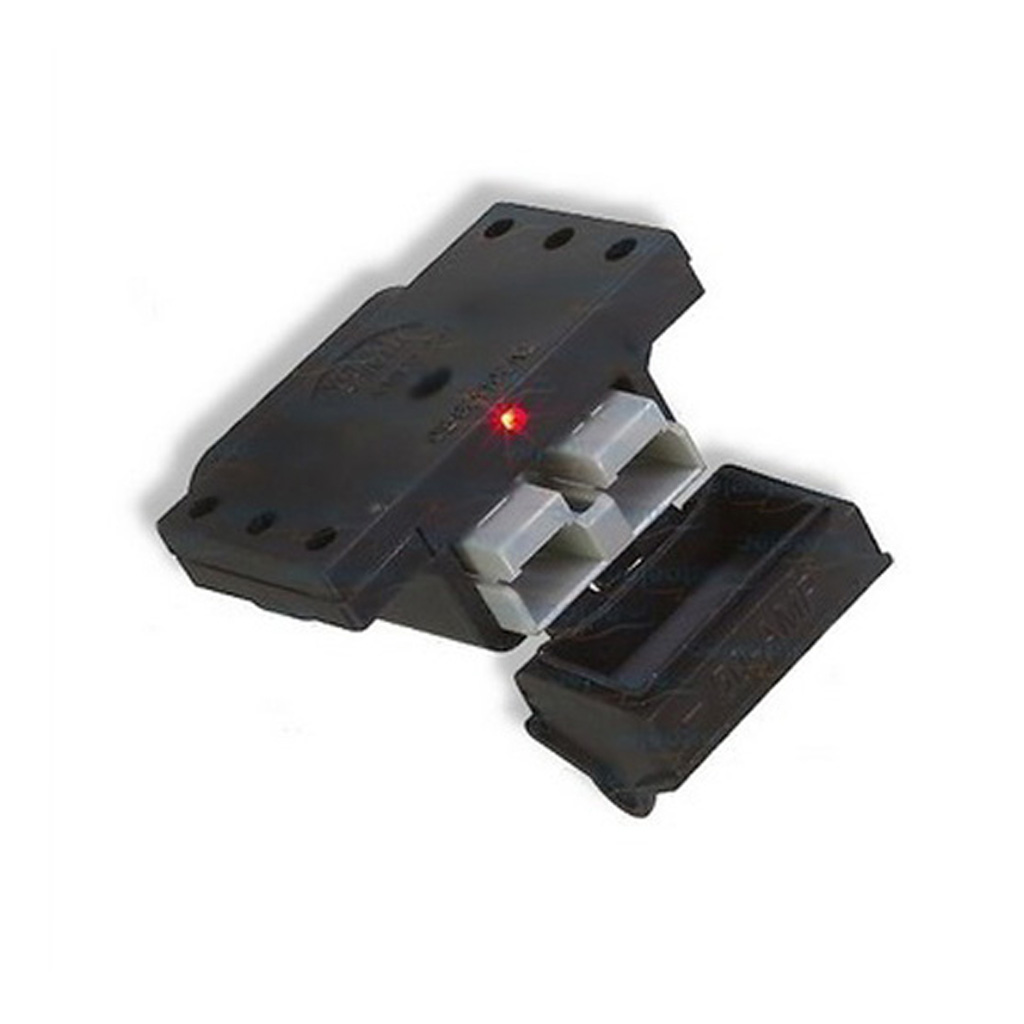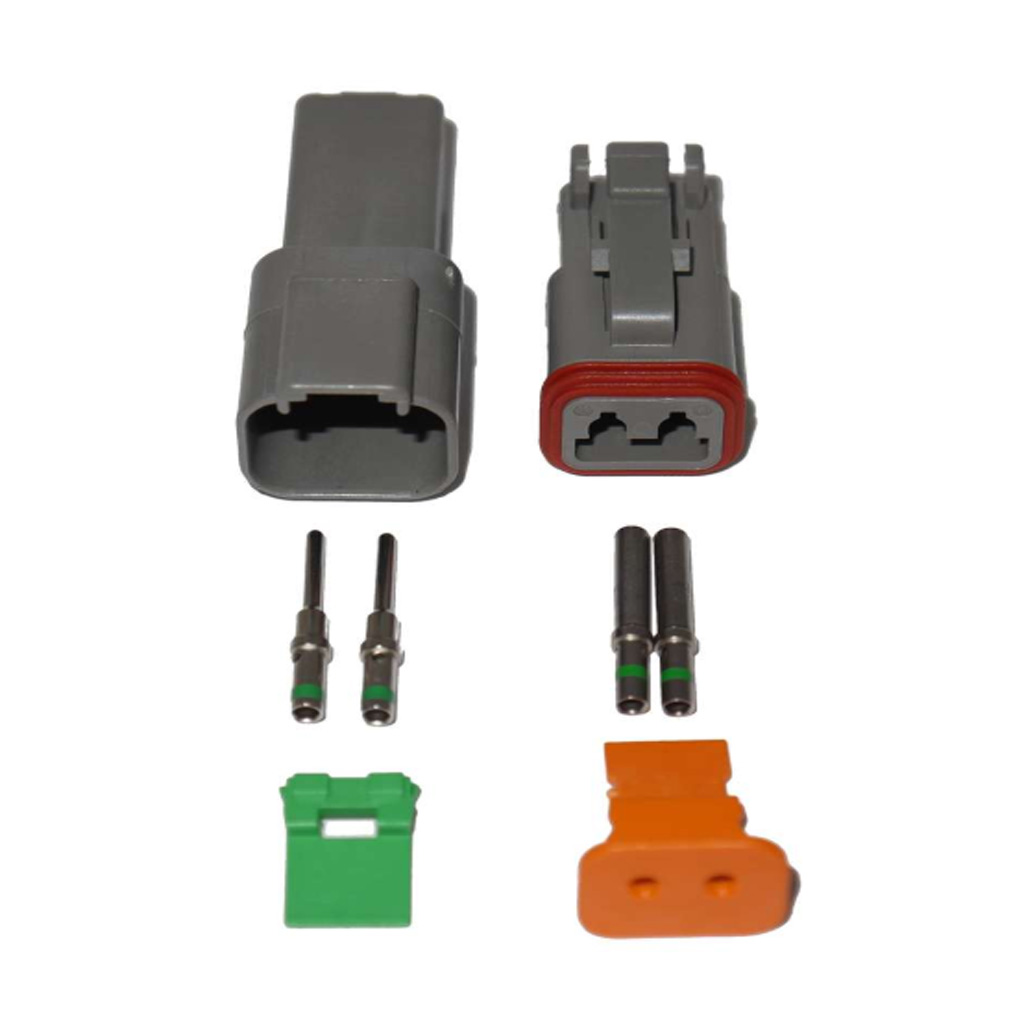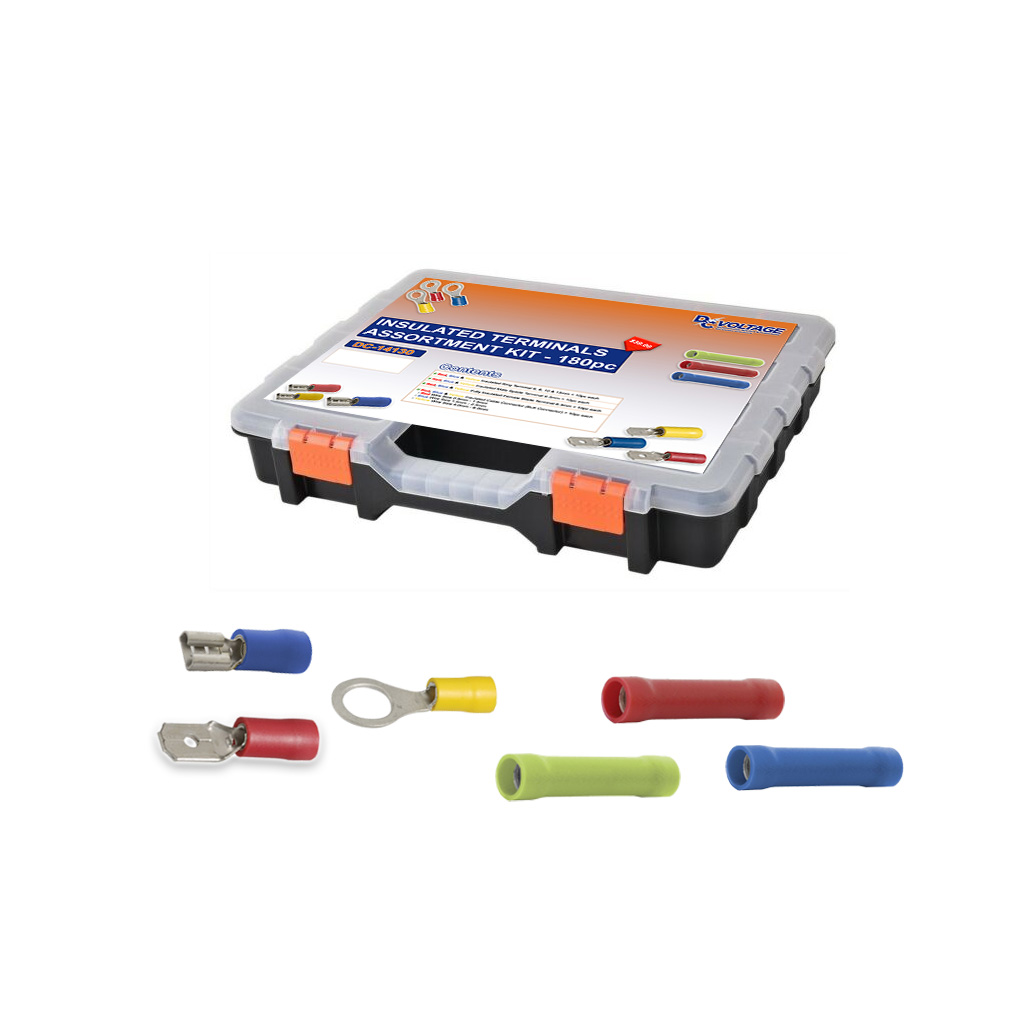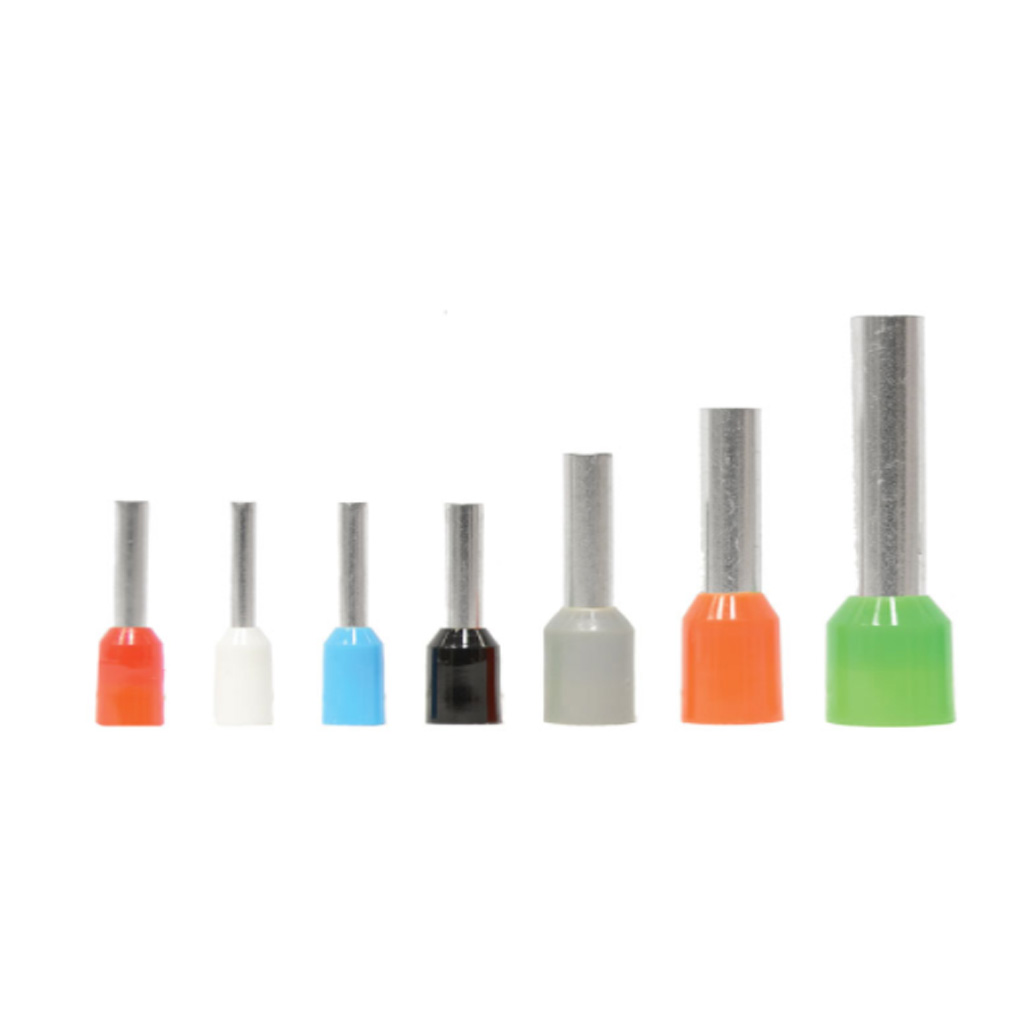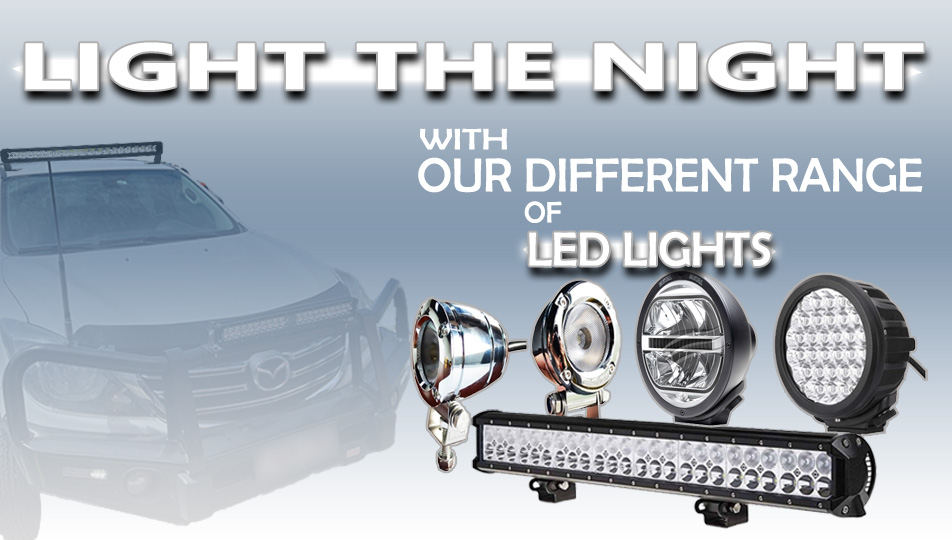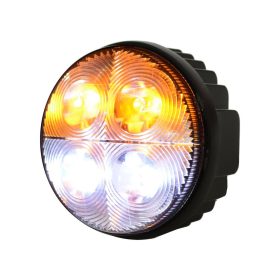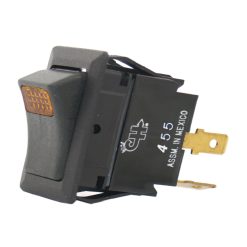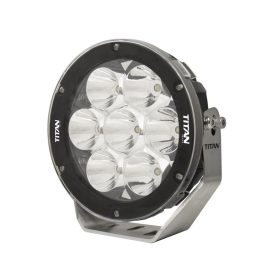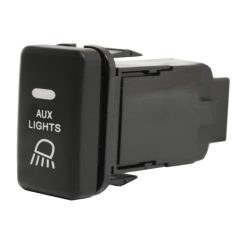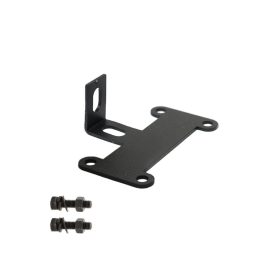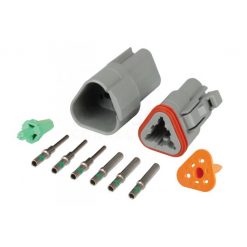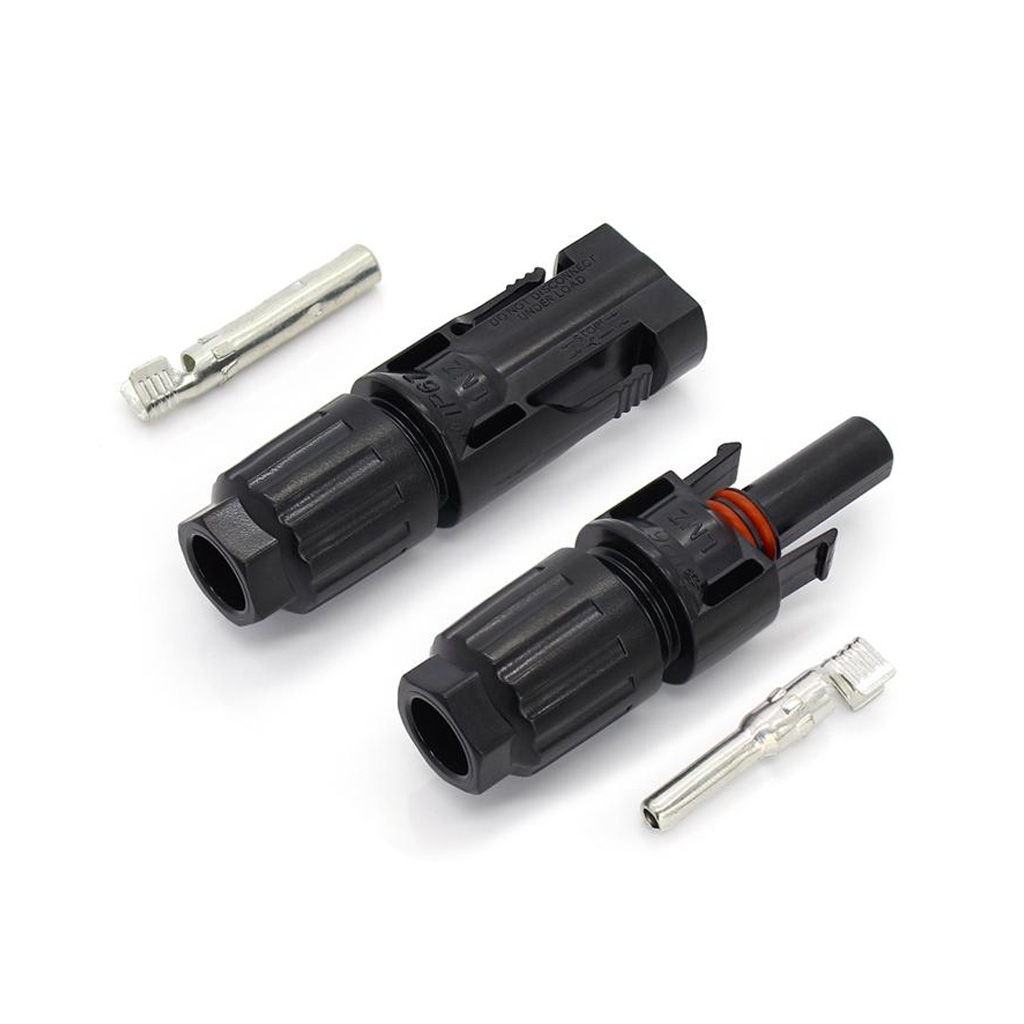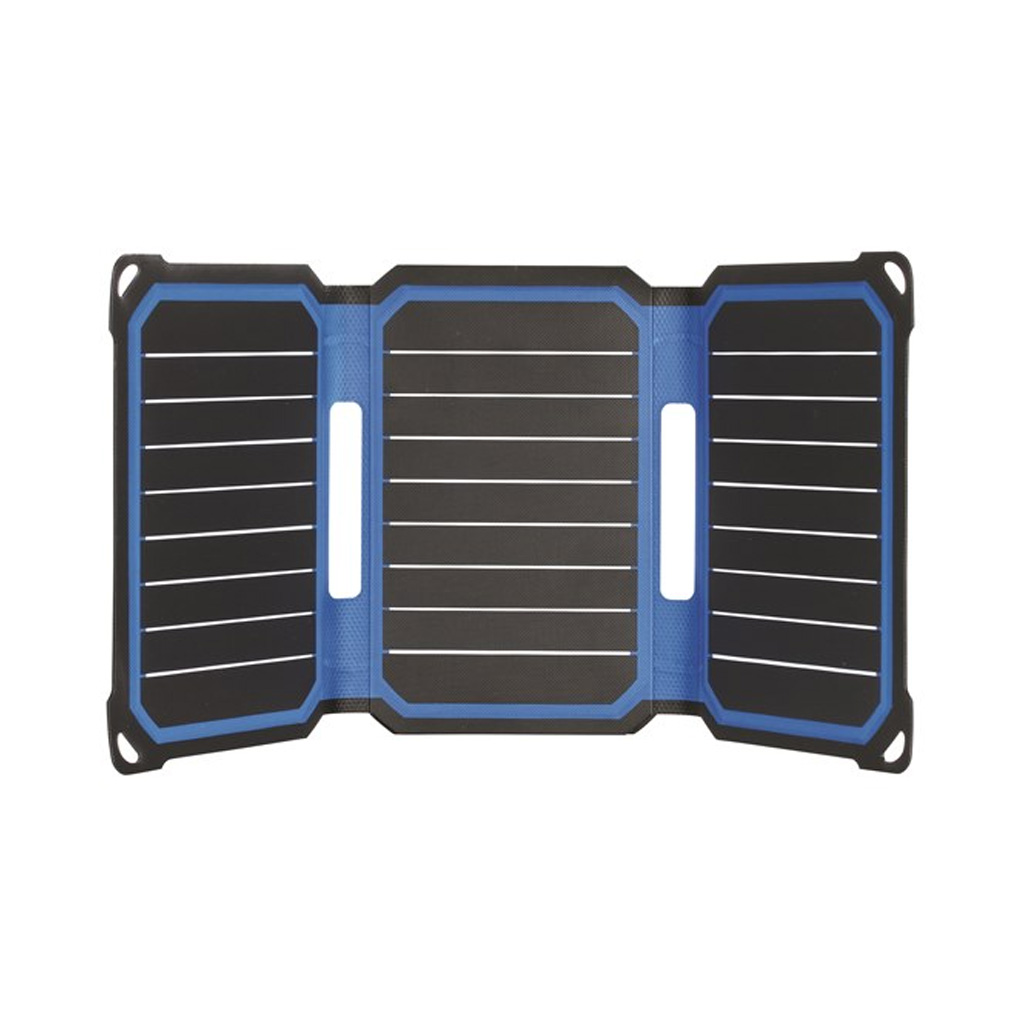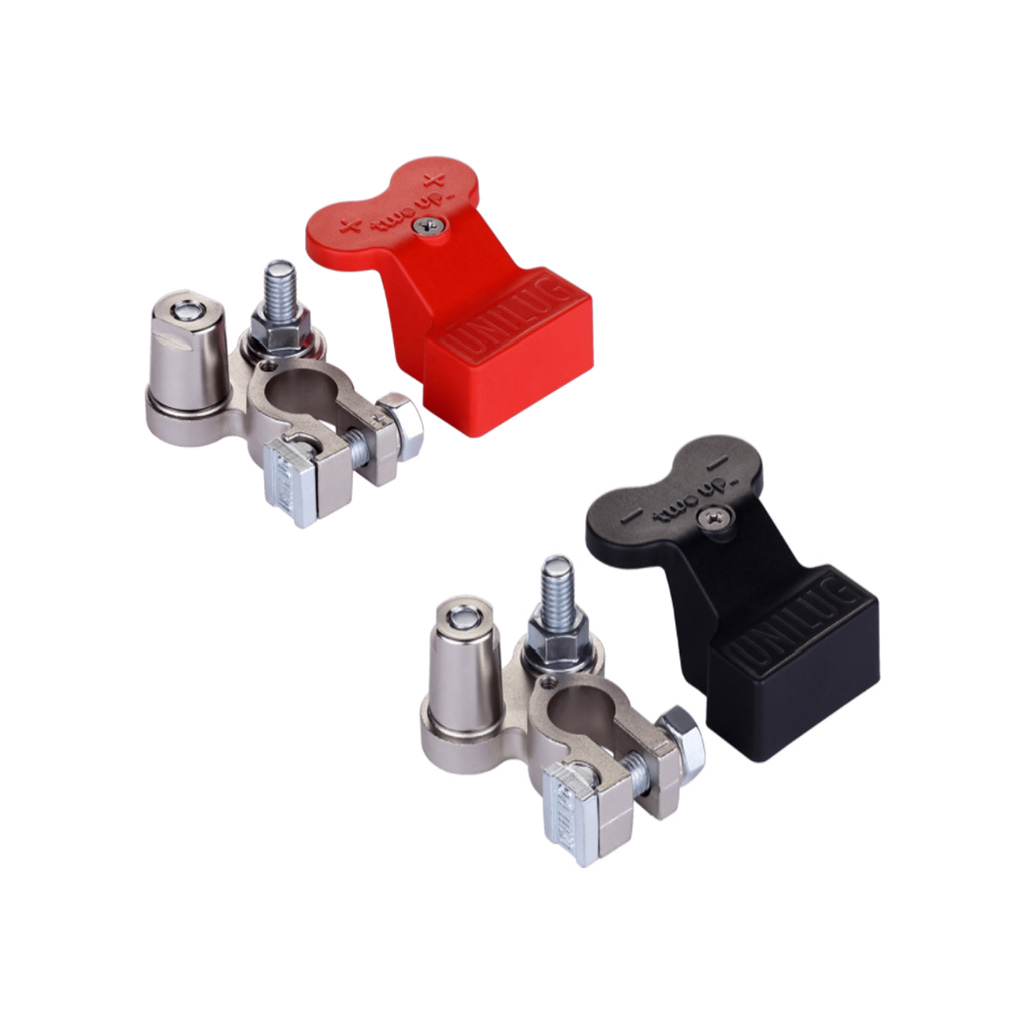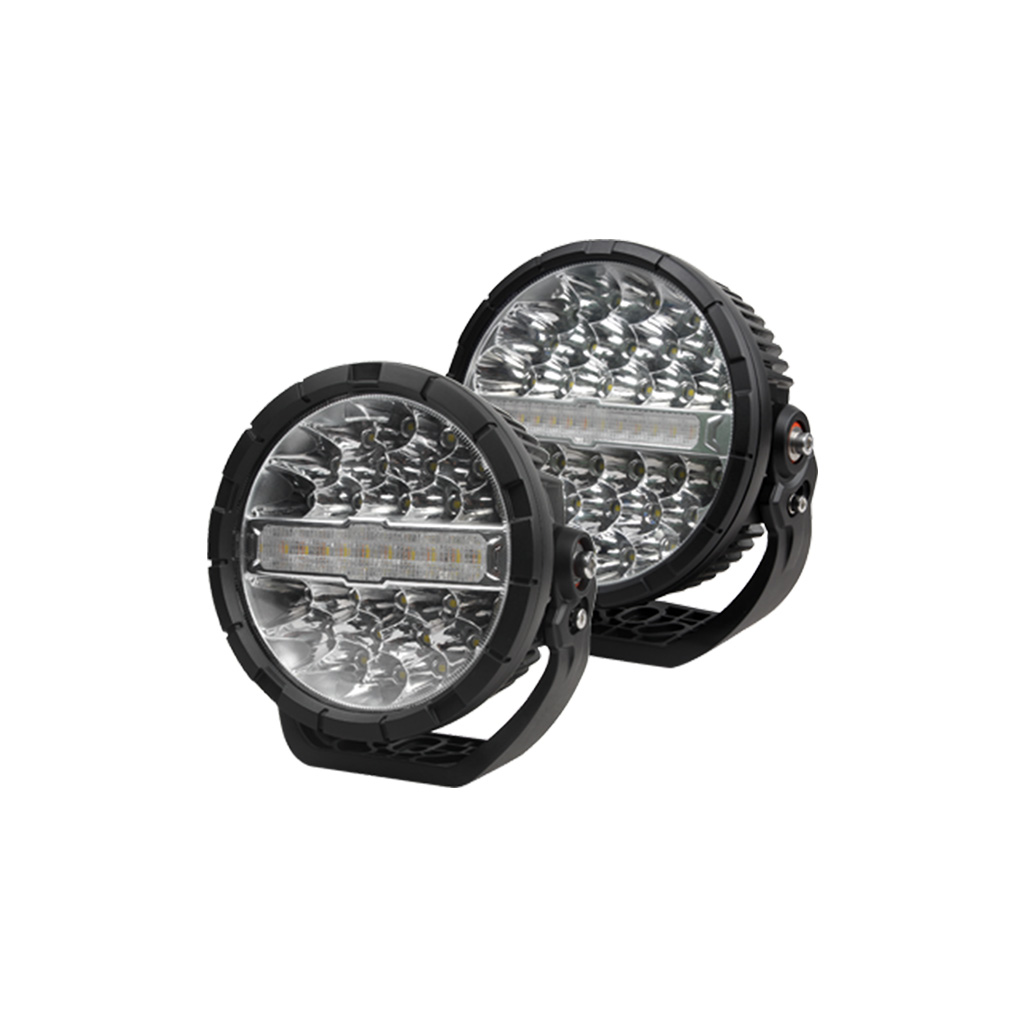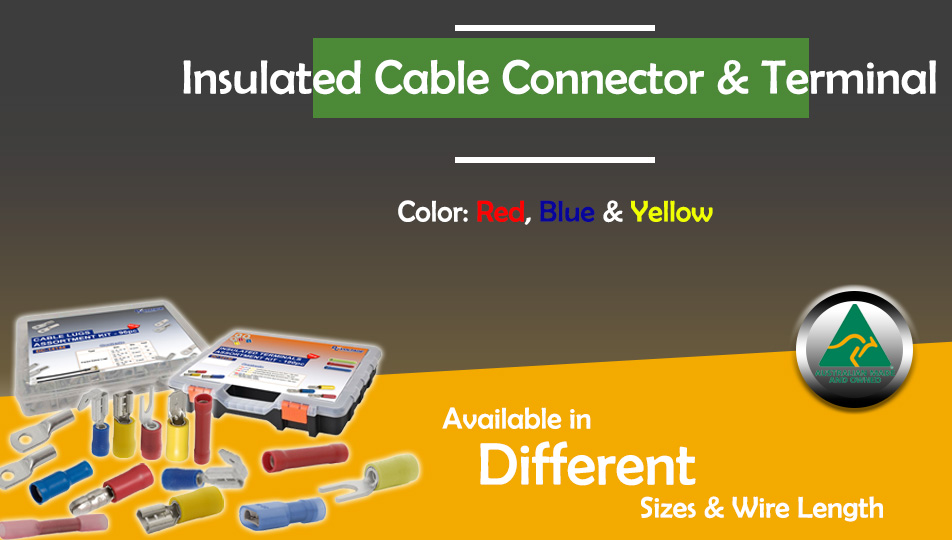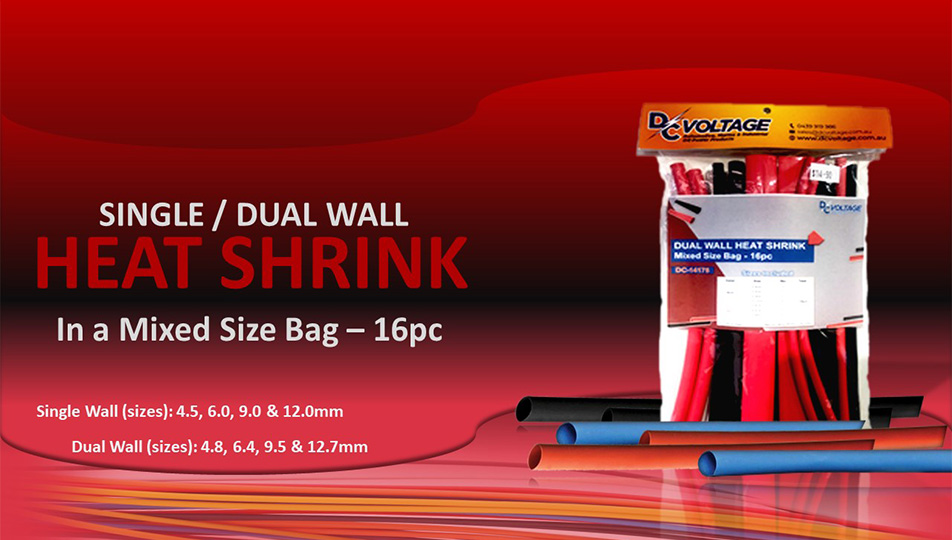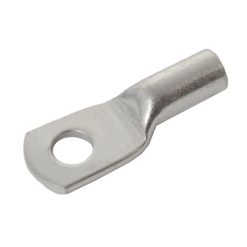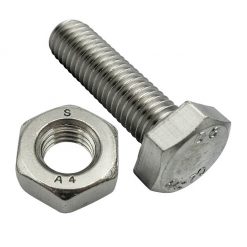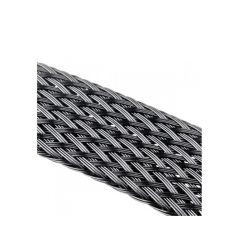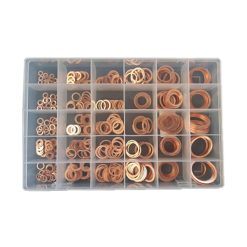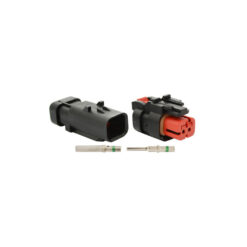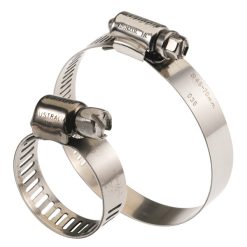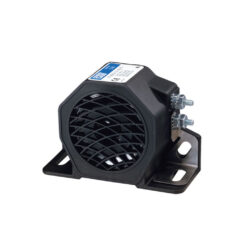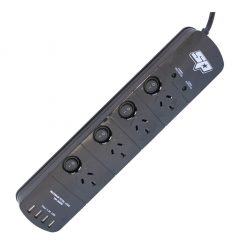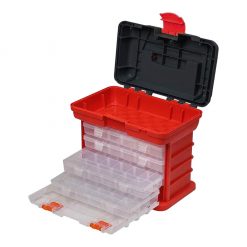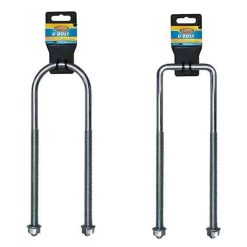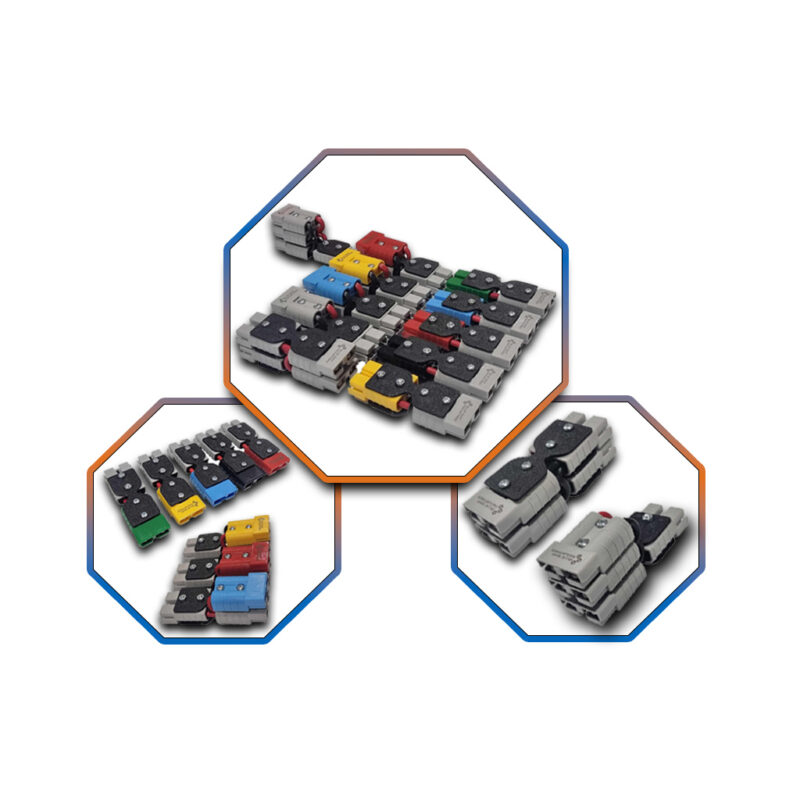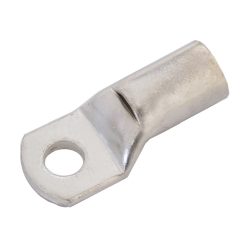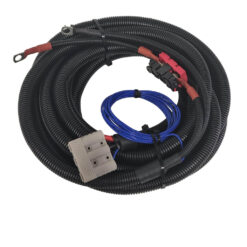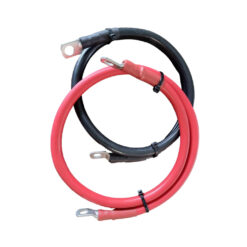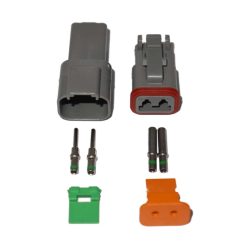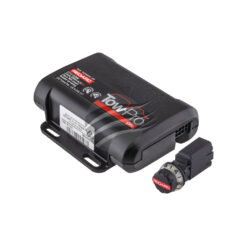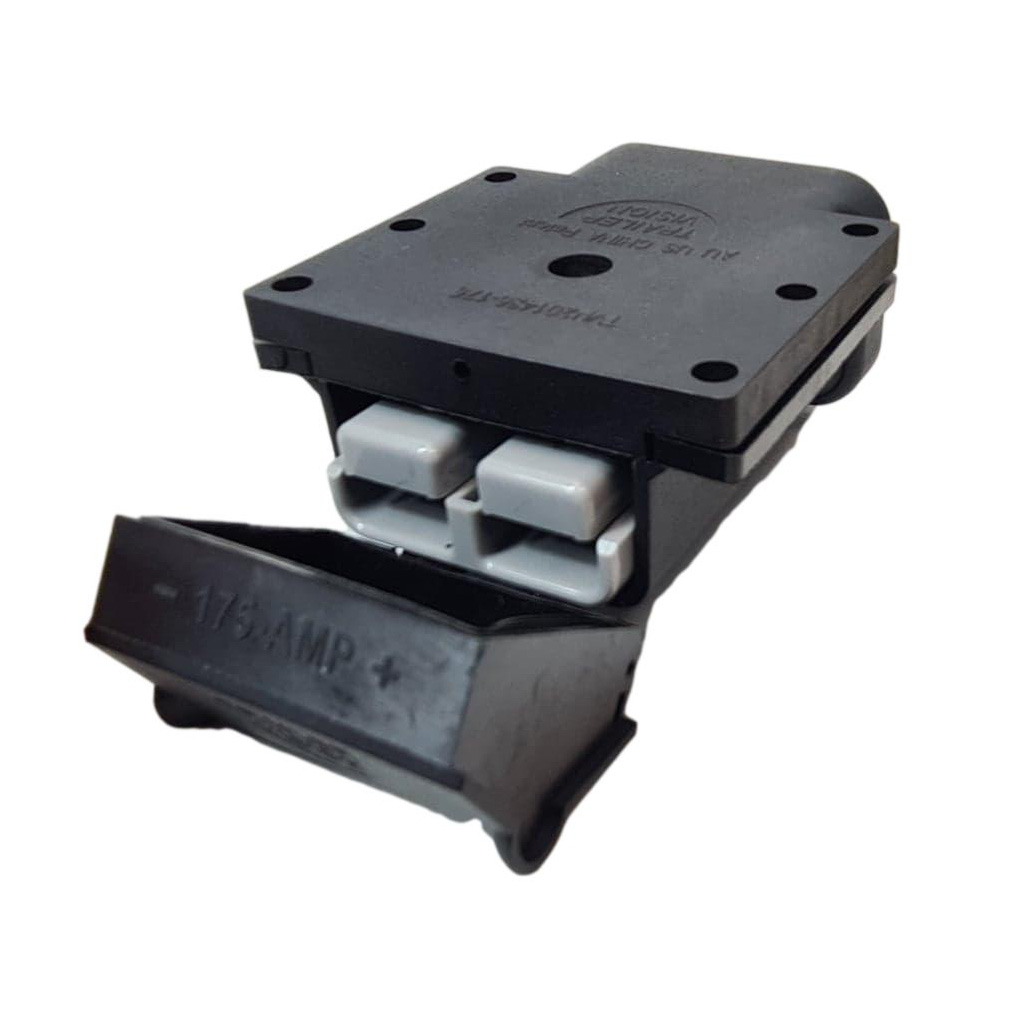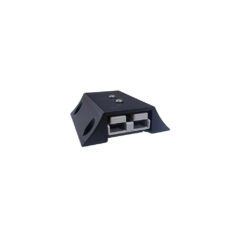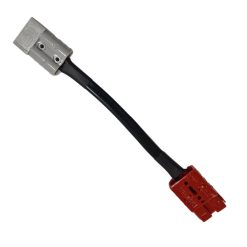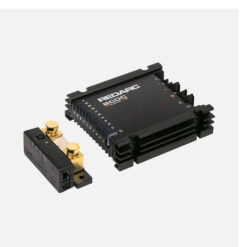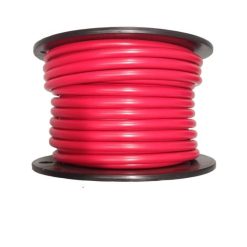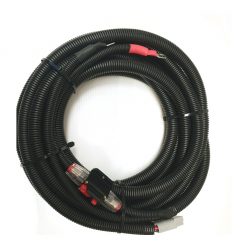General News
Buy the Best DC to DC Battery Charger in Australia
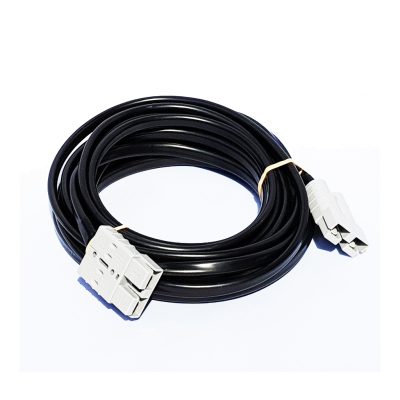 DC to DC Battery chargers & converters are used to convert a lower-voltage DC power supply into a higher one. The use of DC-DC converters is increasing day by day because of their increasing demand for industrial and commercial uses.
DC to DC Battery chargers & converters are used to convert a lower-voltage DC power supply into a higher one. The use of DC-DC converters is increasing day by day because of their increasing demand for industrial and commercial uses.
The main advantage of using a DC-DC converter is that it can be used to convert any low-voltage DC power source into any desired voltage. For example, if you want to charge your car battery with 12V, then you can use the 12V to 24V converter.
In this article, we will discuss some of the best DC-DC converters available in Australia and how they can be used:
So what Does a DC to DC Battery Charger Do?
The job of a 12v dc to dc charger is to convert the electricity from a standard AC outlet into usable DC current. This allows you to power up your batteries without the need to connect them to an inverter or generator.
Most 12v to 24v dc to dc chargers are designed for use with lead-acid batteries like those found in cars and trucks. They can also be used with lithium-ion batteries, but some models may require separate charging equipment.
To understand how a dc to dc charger 12v works, it’s helpful to first look at what happens when you plug in an ordinary battery charger. A typical battery charger converts AC voltage into direct current (DC) voltage before charging your battery. The reason for this is that most portable batteries have built-in circuitry that won’t accept an AC signal as input—it needs direct current (DC).
What is the Main Advantage of DC to DC Chargers?
The main advantage of using a 12v to 24v dc to dc charger instead of an AC wall outlet is that you don’t need an inverter or generator in order to recharge your batteries. In addition, this makes it possible for you to recharge your batteries anywhere there’s an outlet—even if there isn’t any electricity available!
How Do I Charge My Battery with a DC Charger?
Battery chargers are used to charge lead-acid, nickel metal hydride, and lithium-ion batteries. They come in many different voltages and amperages, depending on the type of battery that needs charging. The steps for charging a battery with a DC charger are as follows:
Step #1
Connect the charger leads to the battery terminals. First, connect the positive cable; after that, connect the negative cable. Make sure you connect the cables properly by matching up the positive and negative signs on each lead.
Step #2
Set your voltage regulator to 14.4 volts DC (direct current). If your charger has a setting for another voltage than 14.4 volts, then you will need to set it accordingly to what is required by your battery type (12 volts or 24 volts).
Step #3
Turn on the power supply switch on your 12v to 24v dc to dc charger and wait for it to begin charging your battery pack. You may hear clicking sounds coming from inside your charger as it begins working properly. You should also see some lights on your controller panel blinking or turning on during this time, indicating that everything is working properly inside your unit’s circuitry system.
Benefits of Using DC to DC Charger
The demand for 12v dc to dc chargers has increased significantly due to the growing trend of using smartphones and tablets. The new generation of smartphones and tablets requires higher voltage than the conventional ones. For example, Apple’s new iPad 3 requires 5V at 2A, while most of the existing mobile phones require 5V at 1A.
You may be wondering that if there is already a charger on your phone, then why would you need a separate 12v to 24v dc to dc charger? There are many benefits of using this type of charger:
Convenience
Suppose you have multiple devices with different voltages, such as laptops, mobile phones, and tablets. In that case, you can use one dc to dc charger 12v for all these devices because it provides different output voltages from the same input voltage (i.e., AC). You do not need different chargers for different devices anymore!
Compact & Easy to Install
These devices are built small enough so that they can be installed in tight spaces, such as inside equipment cabinets or between racks of servers. This makes them convenient for use in industrial settings where space is limited, and equipment needs to be tightly packed together.
Affordable
They are affordable compared with other types of power supplies. While there are many different types of power supplies available on the market today, most companies prefer using DC converters because they’re easier to install and cost less than other options like inverters or UPS systems (uninterruptible power supply).
Efficiency
With traditional chargers, you need to charge your battery before it is full, which means that you will lose some of the energy in the process. This is not an issue with 12v to 24v dc to dc chargers because they can direct all of their available power directly into charging your battery.
Safety
Many people worry about overcharging their batteries when they use a standard charger, but this is not an issue with a 12v dc to dc charger. The charging process will stop automatically when the battery reaches its maximum capacity, so there’s no chance of damaging it by overcharging.
Ease of Use
When using a standard charger, you must manually monitor its progress and ensure that it doesn’t overcharge or overheat your battery. With dc to dc charger 12v, these issues are taken care of automatically by software built into the device itself, so all you have to do is plug it in and wait for it to finish charging!
Which is the Best DC to DC Battery Charger?
The best 12v dc to dc charger is the one that can provide you with the most amount of power at the lowest cost.
There are several factors that go into determining what type of charger you should get for your needs, including:
Input voltage
The input voltage on a 12v to 24v dc to dc charger must match the voltage rating for your battery pack. If the input voltage is too high or too low, the charger may not work properly and could cause damage to both the battery pack and the charger.
Output Voltage
Your charger must have an output voltage that matches your battery pack’s requirements. If it doesn’t, your battery will not charge properly.
Current Rating
The current rating of a 12v dc to dc charger tells you how much power it can supply at any given time. This is important because if your device requires more than 2 amps of current (200 milliamps), then it won’t be able to charge properly through most converters with lower ratings.
If you fail to find proper 12v to 24v chargers from top brands in the market like SMC, Berg, Eagle Picher, and Yumicron. Bluebar Industries provides the best 12v dc to dc charger and 12v to 24v dc to dc charger Australia-wide at affordable prices.


